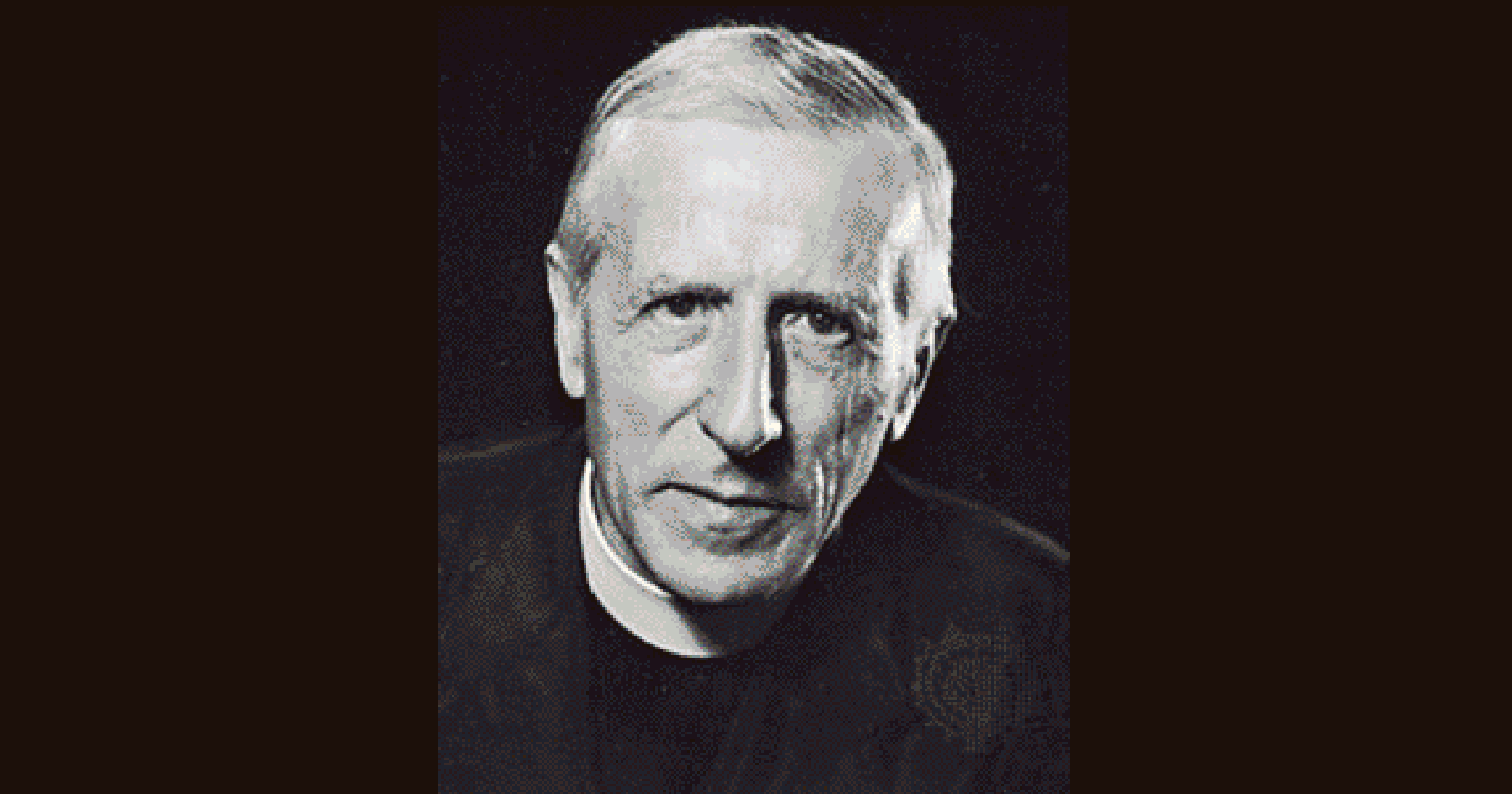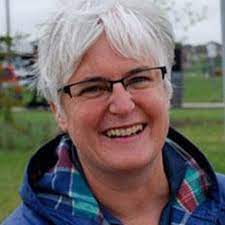(1881-1955) Controversial Visionary and Mystic
In his book Everything Ablaze, Meditating on the Mystical Vision of Teilhard de Chardin (Paulist Press, 2017), David Richo writes “Mysticism is a way of knowing spiritual realities by experience. Mystical experience is nondual: God, we, and all things as one infinite reality.” And certainly, throughout his life, Pierre Teilhard de Chardin was non-dual, bringing together his paleontological expertise about life circa 56 to 33 million years ago with his theological thinking as a Jesuit priest to create a controversial theory of evolution, among others. The Church did not permit his books to be published in his lifetime, a great disappointment for Teilhard. Fortunately, this edict was relaxed after he died in 1955 so today we are able to study, ponder, pray on and frankly, be mystified by his challenging visionary work, which remains controversial today in both religious and scientific academia.
As we move closer to the Day of Pentecost, that amazing day as described by Luke in the Acts of the Apostles where all became one in understanding and spirit, diving deeper into Teilhard’s vision of evolution seems timely. Why? Because he so deeply felt the “oneness” of everything held together by the Cosmic Christ, “his heart a fire: capable of penetrating everywhere, and gradually spreading everywhere….”(The Divine Milieu, Harper & Row, 1960)
In a nutshell, Teilhard believed that since its inception the Earth has been and is evolving toward “the Omega Point.” Theologically, for Teilhard, the Omega Point is Christ. “Christ,” Teilhard writes, “is the end point of the evolution, even the natural evolution, of all beings; and therefore evolution is holy.” (Hymn of the Universe, Harper & Row, 1961)
First came the evolution of the galaxies, then the geosphere, then the biosphere, and now underway is the evolution of the “noösphere” (from the Greek word “noos” meaning “mind”). Each phase of evolution not only brings greater complexity, but greater connectedness. As if echoing Jesus’s prayer that “they will all be one, just as you and I are one—as you are in me, Father, and I am in you” (John 17: 21), Teilhard also wrote about the cultural convergence of societies into a single society and saw this happening through urbanization, technology, and modern communications. Indeed, as Richo writes, “Teilhard envisioned a human community of love as the foundation, origin, driver, and destiny of evolution. We join consciously into the process of evolution when we show universal love.”
So, how might we express “universal love” to the world, our faith community, our families? And what might the impact of that universal love be? Teilhard leaves us with an inspiring and fiery vision of just that: “The day will come when, after harnessing space, the winds, the tides, and gravitation, we shall harness for God the energies of love. And on that day, for the second time in the history of the world, we shall have discovered fire.” (Toward the Future, 1974, Harcourt Brace Jovanovich)




